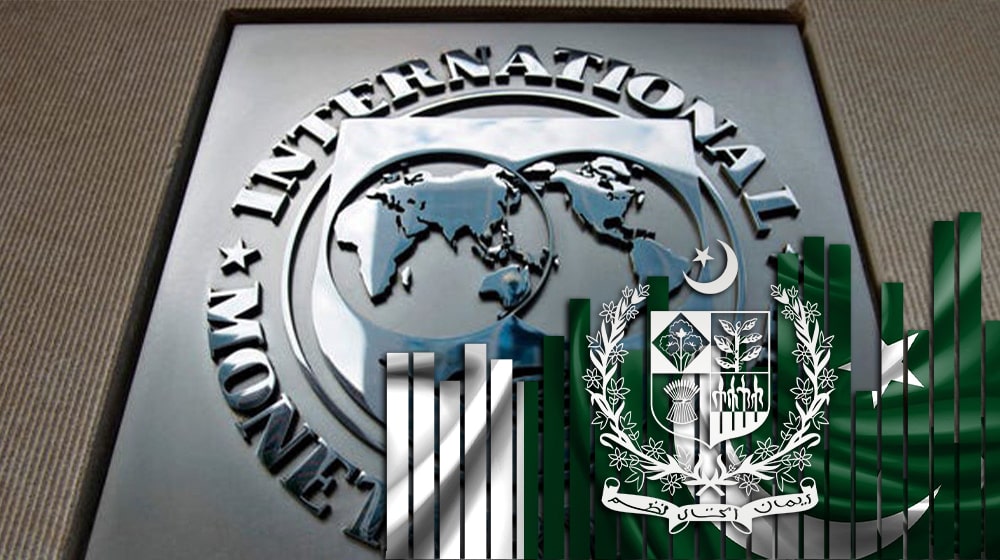Islamabad, Feb 8: Pakistan has successfully met three out of five key fiscal conditions set by the International Monetary Fund (IMF) ahead of its first review under the $7 billion loan program. According to a finance ministry report, the country has achieved targets related to the primary budget surplus, net revenue collection, and provincial cash surplus. However, concerns remain as the Federal Board of Revenue (FBR) fell short of its tax collection targets, a crucial benchmark for the IMF’s upcoming review in March.
The government reported a primary surplus of Rs3.6 trillion, equivalent to 2.9% of GDP, surpassing the IMF’s target of Rs2.9 trillion. This achievement was primarily due to the early booking of the central bank’s annual profit of Rs2.5 trillion in the first quarter. Meanwhile, provincial governments also exceeded expectations, generating a collective cash surplus of Rs776 billion, well above the IMF’s Rs750 billion target. Their independent revenue collection stood at Rs442 billion, comfortably surpassing the required Rs376 billion.
Despite these fiscal gains, the FBR’s tax collection performance fell short. Against a six-month target exceeding Rs6 trillion, the revenue body managed to collect Rs5.624 trillion, missing the goal by Rs384 billion. Adding to the shortfall, the Tajir Dost Scheme, an initiative aimed at taxing traders, failed to generate the anticipated Rs23.4 billion, with actual collections barely crossing Rs2 million.
READ MORE: Short-Term Inflation Rises by 1.1% Amid Economic Pressures
Finance Minister Muhammad Aurangzeb confirmed that an IMF team will visit in early March for the first review discussions, which are critical for the release of the next $1 billion tranche of the loan. Under the IMF agreement, Pakistan is expected to meet around 40 conditions, including generating a total cash surplus of Rs1.217 trillion from provincial governments. So far, the provinces have exceeded their independent revenue target but still face pressure to sustain this trend.
Provincial governments benefited from higher revenues under the National Finance Commission (NFC) award, with total receipts reaching Rs4.1 trillion, including Rs3.3 trillion from federal transfers. Punjab led the revenue drive, collecting Rs1.9 trillion and recording a surplus of Rs333 billion, despite a statistical discrepancy of Rs199 billion. Sindh posted a cash surplus of Rs264 billion, while Khyber-Pakhtunkhwa (K-P) recorded Rs86 billion, though provincial officials claimed the actual figure was Rs169 billion. Balochistan generated a surplus of Rs91 billion.
On the expenditure side, the federal government’s spending reached Rs8.2 trillion in the first half of FY25, reflecting a 22% year-on-year increase, largely driven by soaring interest payments. Debt servicing alone accounted for Rs5.1 trillion, rising by Rs1.1 trillion compared to the previous year. Defence spending stood at Rs890 billion, civil government expenditures at Rs339 billion, and pension payments rose to Rs450 billion.
The finance ministry also highlighted statistical discrepancies worth Rs237 billion in federal accounts, attributing them to reduced government deposits in scheduled banks. After adjusting for provincial allocations, the federal government’s net revenue stood at Rs5.9 trillion, which was Rs143 billion short of covering the combined cost of interest and defence spending. As Pakistan navigates its fiscal challenges, the upcoming IMF review will be crucial in determining the next phase of financial support and economic stability.
